wfowlks
Well-Known Member
Got it, thanks! I show:
Mueller 3/8" x 50' Refrigeration Coil
Item #: 4182 | Model #: D 06050PS
$62.00
Thats the one... you got it cheaper than I did. It was $66 out here.

Got it, thanks! I show:
Mueller 3/8" x 50' Refrigeration Coil
Item #: 4182 | Model #: D 06050PS
$62.00
I'm new at this too, but from all I have been reading the best way to determine fermentation activity is to take a specific gravity reading and see if it is drooping from your OG. Good luck.
Susie
after two weeks, i wouldn't expect any bubbles, especially considering that you've just opened up the fermenter to install the new air-lock - that would have released any built-up pressure you had inside there, so what little fermentation you have going on, *if any*, likely won't be able to produce enough pressure to push up through the air-lock and create a bubble. i currently have 3 carboys fermenting at the moment, all are two weeks old, and none of them are bubbling any more.What type of activity should be expected at this stage of the brew.













![Craft A Brew - Safale S-04 Dry Yeast - Fermentis - English Ale Dry Yeast - For English and American Ales and Hard Apple Ciders - Ingredients for Home Brewing - Beer Making Supplies - [1 Pack]](https://m.media-amazon.com/images/I/41fVGNh6JfL._SL500_.jpg)

So tomorrow is bottling day, 5 gal batch should be around 30 x 22 oz glass bottles? 50 x 16 oz? Need to run out tonight and pick them up. Any recommendations on the cheapest places to find these?
So tomorrow is bottling day, 5 gal batch should be around 30 x 22 oz glass bottles? 50 x 16 oz? Need to run out tonight and pick them up. Any recommendations on the cheapest places to find these?
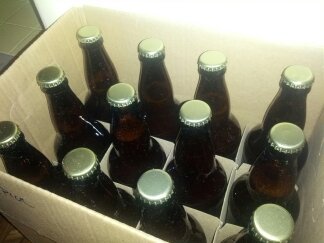
I am paying $70 which includes $20 in USPS shipping charges. Do we think this is a good buy? Also still need to get a fridge to convert for fermentation, and conditioning. Any suggestions with that?It's made with the best rubber hose you can buy. My rubber hose alone was like $50 (which I only used half of it). The copper in it alone is worth like $40. The hose, copper, and fittings are easily worth more than $60.
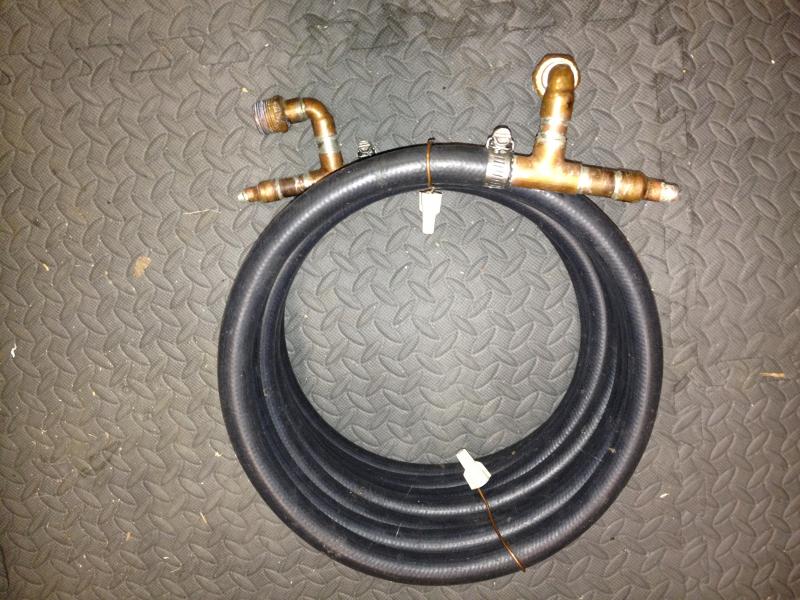
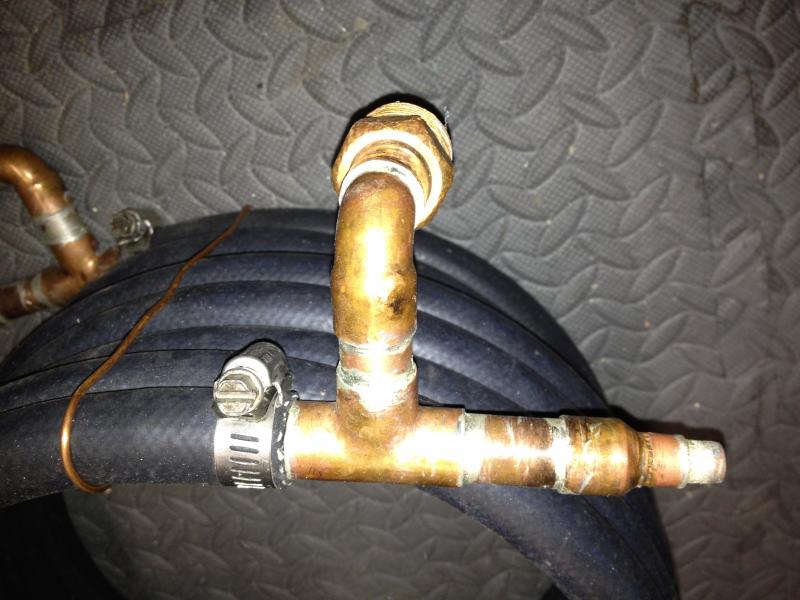
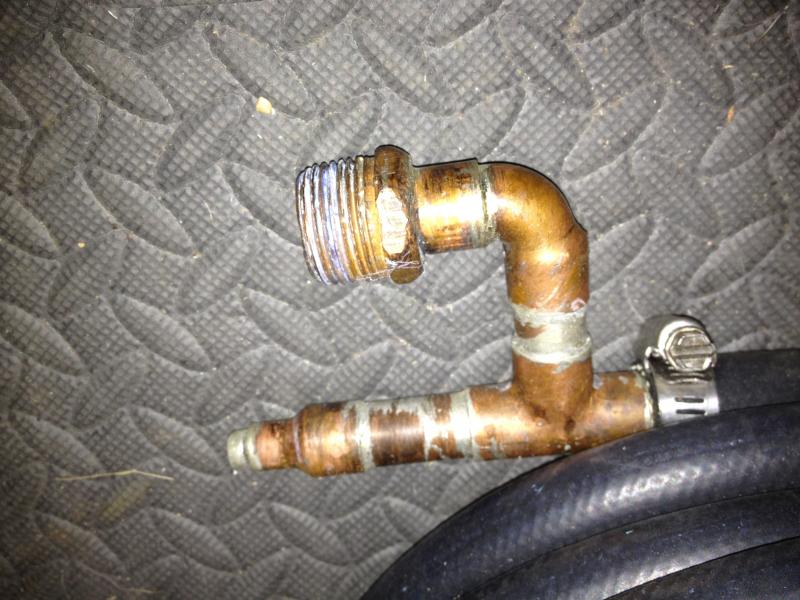
The hose is about 20 feet long, but it's coiled up. I coiled it around a sixtel keg. Yes it has been tested. There are no leaks or anything. That's why I used the highest quality rubber hose. Most people use cheap ones from home depot that end up losing their strength. I have brewed with it twice and it works awesome. The only reason I'm selling is it is when I bought the supplies I bought a 50 foot hose. I also had a ton of fittings (my dad is a plumber). So I figured why not make two and sell one.
Here is what I found out.
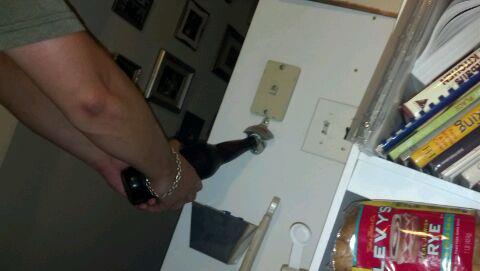


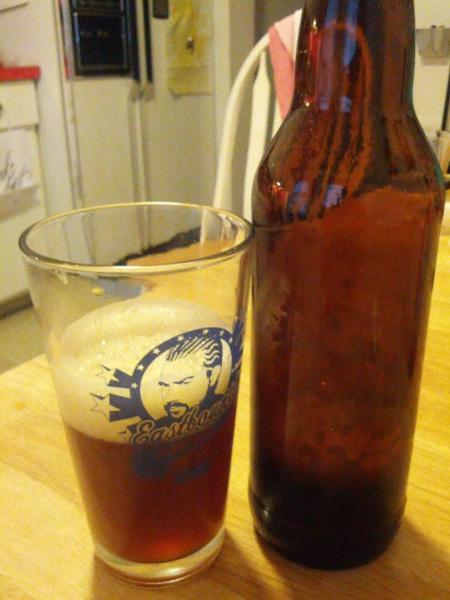
I need a wort chiller, and a way to regulate my temp in fermentation & conditioning.
Not sure how that works, or if that changes anything?It's a counterflow wort chiller. No pump necessary.




certain yeasts are more "violent" than others and produce a lot of krausen. opening up the top isn't ideal, but if it looks like she's going to blow then that might be your only option. how long has it been since pitching? what temp is the bucket at? cooling might help with the level of activity. otherwise, sanitize a stainless ladle/serving spoon, open the bucket, and carefully scoop out some of that foam. FYI this is called top-cropping, what you are scooping out is excellent yeast that can be re-used in another batch... ideally right away but it can also be stored. if you're going to save it then scoop into a sterile container, otherwise dump it into a bowl for disposal (be careful not to contaminate the spoon while scoopin' n' dumpin').few hours later she looks like shes gonna blow
do i open the lid to release the pressure? why is she so angry!
in my experience, the most violent/blow-out phase of fermentation lasts 2 or 3 days, obviously this is highly variable depending on OG, yeast type, amount of headpsace, etc. so you may well be in for continued spewing.The brew is in the garage it is around 63 degrees outside. Yeast went in around 8-9PM last night? The odd thing to me is that this morning she was crystal clear and bubbling nice. I may or may not have slightly carefully dragged the bucket 6" back, now shes whistling dixie out the air lock. Should I take the cap off the air lock maybe? There is def some foam that came up through the airlock already.